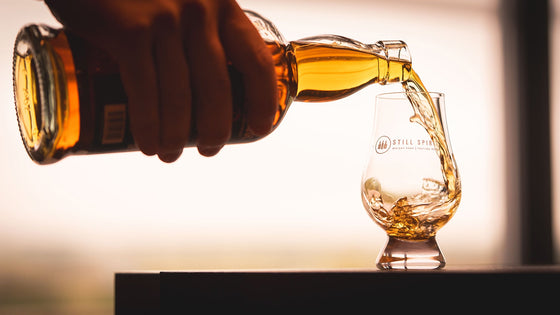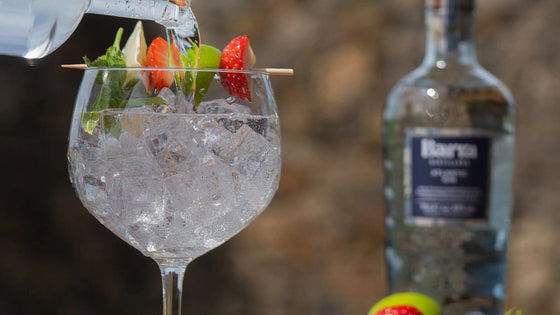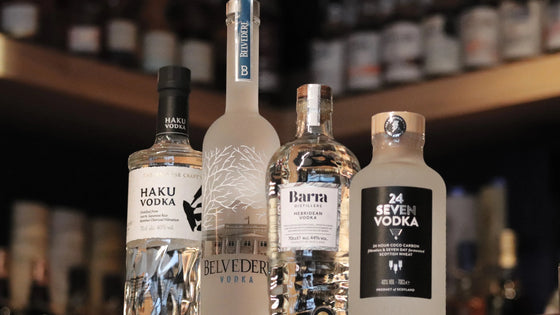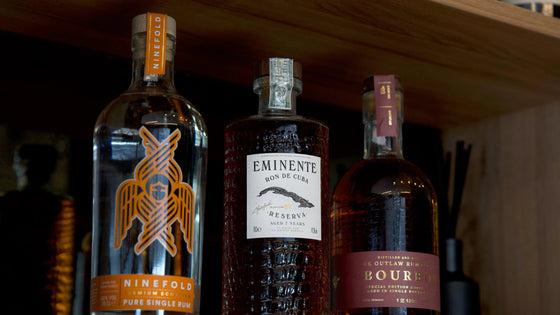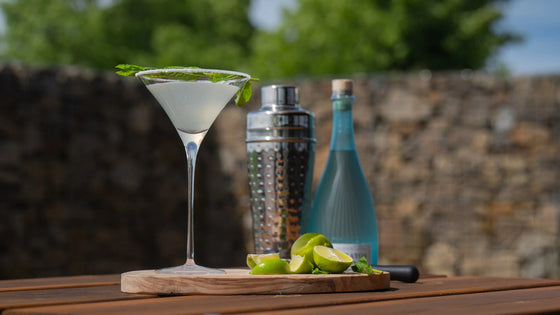Scotch Whisky Myths
There are countless myths surrounding Scotch whisky. Why? It’s uncertain. Possibly, it’s due to the Scotch whisky industry’s centuries-old history and steadfast tradition, deeply rooted in a country with richly woven folklore. Or maybe it’s more to do with clever marketing. Who knows?
From debates over single malt versus blended whiskies, to misunderstandings about production, and how to enjoy single malt whisky, we’re here to dispel the myths and resolve the rumours.
Read on to discover the most common whisky myths and the truths behind them.
Myth: Single malt whisky is better than blended whisky
This one’s been perpetuated for decades. Is single malt whisky better than blended whisky? It’s an age-old conundrum. Single malt whisky isn’t necessarily better – it’s just different.
Single malt whisky is made from malted barley at one single distillery – that’s where the ‘single’ aspect comes in – and offers distinctive flavours, often particular to its region and production methods.
Blended whisky, on the other hand, is made by combining single malt whisky with grain whisky (which is usually made from rye, wheat or corn) from two or more distilleries and often provides a more balanced, consistent taste.
The preference one way or another depends on individual tastes. Single malts might be celebrated for their regional characteristics and complexity, while blends are appreciated for their versatility and smoothness.
Myth: Whisky was invented in Scotland
Nope. It’s very likely that the Irish were the first to produce the spirit ‘uisge beatha’ that we now come to regard as whisky, but even they were not the original pioneers of distillation.
It is thought that the distillation process probably originated in China before making its way westward through Arabia, reaching Italy first and then the remainder of Europe in around the 12th century. The knowledge was likely brought back to the British Isles by returning crusaders and missionary monks.
Myth: The raw ingredients for Scotch whisky must come from Scotland
Not true. The Scotch Whisky Association (SWA) apply very strict rules that govern the production process and location of Scotch whisky making, but not so many about the basic ingredients – water, barley and yeast.
While it’s true that all of Scotch whisky’s water comes from nearby rivers, springs and aquifers, yeast tends to be sourced from commercial yeast suppliers based anywhere in the world.
Barley may be sourced from anywhere in the UK, into mainland Europe and beyond, if necessary, as there just isn’t enough suitable barley-growing soil available in Scotland to keep up with growing global demand.
Myth: Whisky ages in the bottle, like wine
No. The ageing process of whisky ceases when it’s removed from the cask. The whisky has spent years, if not decades, absorbing the flavour, aroma and colour from its cask. Once bottled it enters into a kind of ‘time capsule’, a permanent signature of its age, cask and maturation process, all perfectly preserved in time.
Myth: Single malt whisky should only be enjoyed neat
This is possibly one of the most common myths. It is often thought that single malt whisky should be drunk neat, with a drop of water, soda, or with ice but that is fast becoming an outdated concept.
The truth is that you should drink your whisky in a way that suits you – feel free to mix your single malt whisky into a cocktail and drink your blended malt whisky neat. You paid for it – drink it in whichever way you like.
Myth: Peat is added to whisky to create a smoky flavour
Peated whisky gets its smoky flavour from the use of peat during the malting process.
Peat is an accumulation of partially decayed organic matter that has historically been used as a fuel source in Scotland for centuries. During the production of peated whisky, malted barley is dried over peat fires. The smoke from the burning peat infuses the barley with phenolic compounds, which are responsible for the characteristic smoky and earthy flavours.
The only exception to this rule is Laphroaig, who go the extra step of infusing their barley with peat before the drying process.
Myth: Scotch whisky is double distilled and Irish whiskey is triple distilled
Scotch whisky is typically double distilled and Irish whiskey is typically triple distilled but there are some exceptions. Scotch whisky distillery Auchentoshan triple distils all of its whisky, and both the Glasgow Distilling Company and Benriach Distillery regularly makes small batches of triple distilled whisky.
Triple distillation concentrates the spirit further after its second distillation, resulting in a smoother and more subdued finish.
In Ireland, triple distilled spirit has come to be known as a definitive character of Irish whiskey, but many Irish whiskey distilleries now twice-distil their spirit.
Myth: The older the whisky, the better it is
Not quite true. Some whiskies peak at younger ages, while others benefit from extended ageing.
While maturation of whisky can impart complexity and depth, the age statement of a whisky is not the sole indicator of quality and does not necessarily make it superior to a younger whisky. The truth is that the quality very much depends on the production techniques, distillation methods, cask selection and maturation conditions.
Hopefully we’ve cleared up any misconceptions you may have. As whisky drinkers, uncovering the truths behind Scotch whisky myths helps us appreciate this age-old craft with a newfound understanding and appreciation.
Let’s raise a glass to that!
Slàinte!









 The Best 18 Year Old Whiski...
The Best 18 Year Old Whiski...
 Whisky Storage Secrets You ...
Whisky Storage Secrets You ...
 You're Saying These Whisky ...
You're Saying These Whisky ...
